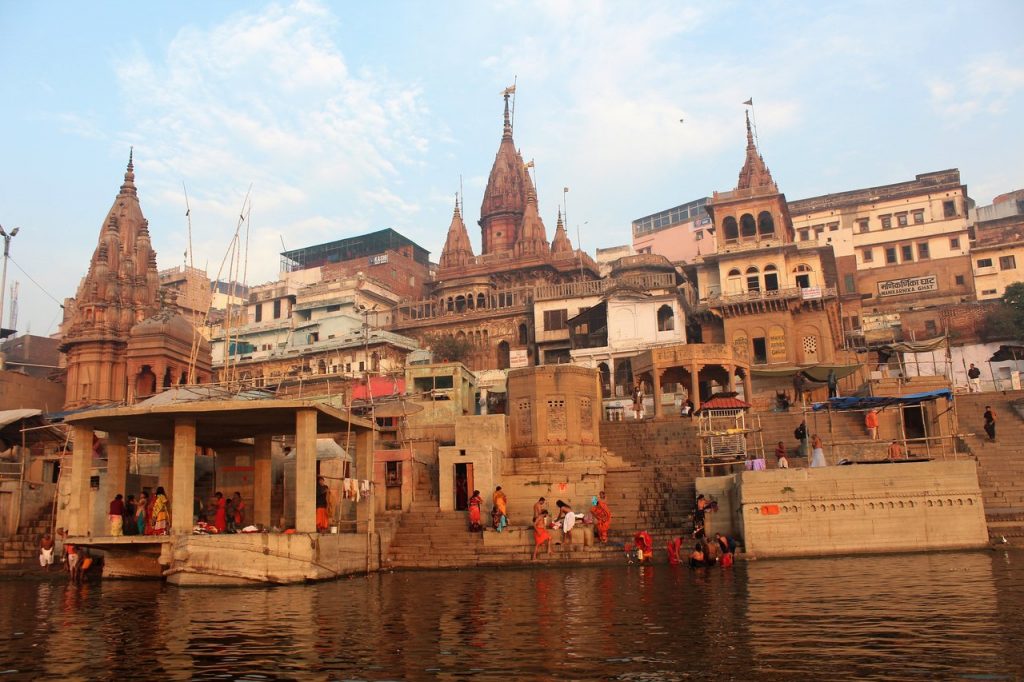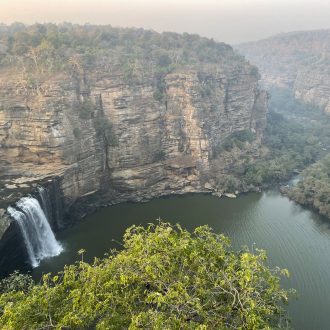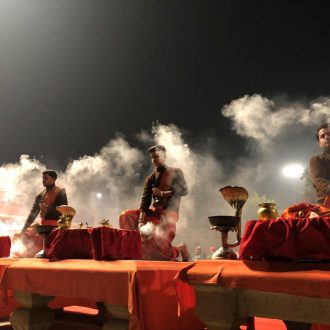Ghats of Varanasi – a photo essay
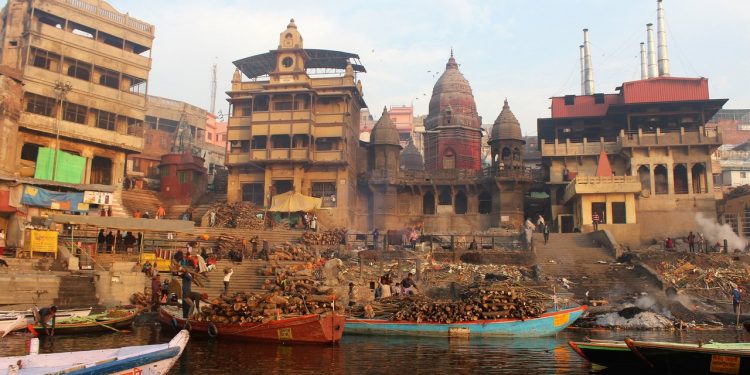
“Banaras is older than history, older than tradition, older even than legend and looks twice as old as all of them put together”. The words of Mark Twain on Varanasi or Banaras set the tone for the introduction of the oldest city in the world. Its history dates over 3000 years ago and the abode of Lord Shiva and Goddess Parvati has been recorded as Kashi in Rig Veda. Kasha meant the city of lights. Varanasi has always been special and I am overwhelmed every time I visit this ancient sacred city. Although I have been here before, I feel emotional after every trip. And it is an inexplicable feeling. I feel like I am on hallowed ground, every time I set foot here. And every step in Varanasi is spiritual and every moment is sacred. Varanasi or Kashi is the home of the Kashi Vishwanath temple dedicated to Shiva who literally lives here. But there is a mysticism that goes beyond the 23000 temples in the city. It is Mother Ganga, the goddess among all rivers who gives Varanasi its very identity. And the Varanasi experience starts with the Banaras ghat, which are seeped in myths and legends. There are 84 ghats of Varanasi and four more are included as well. And most of them were rebuilt in the 18th century by various royal clans and communities in India. A photo essay of the vibrant Kashi ghat with the focus on the Dashashwamedha Ghat and the two burning ghats of Varanasi – Manikarnika Ghat and Harishchandra Ghat
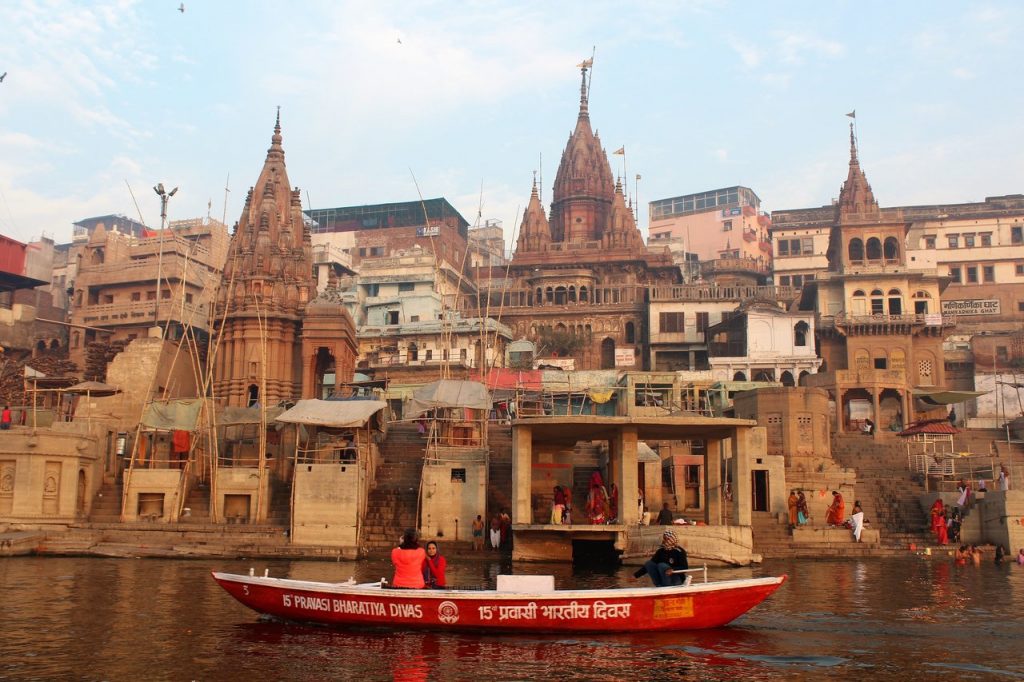
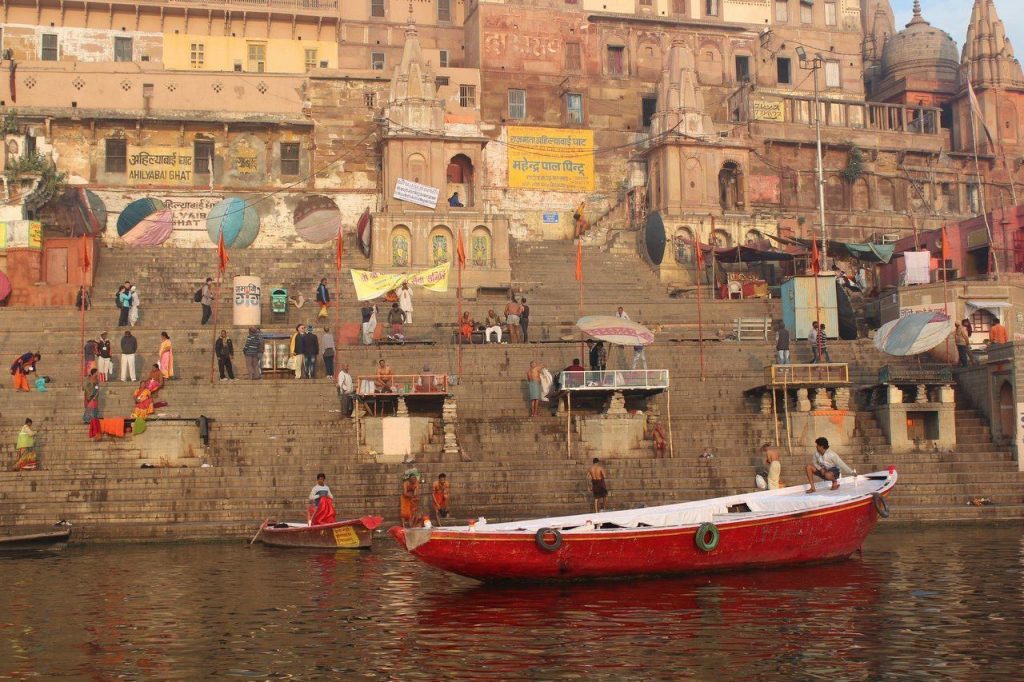
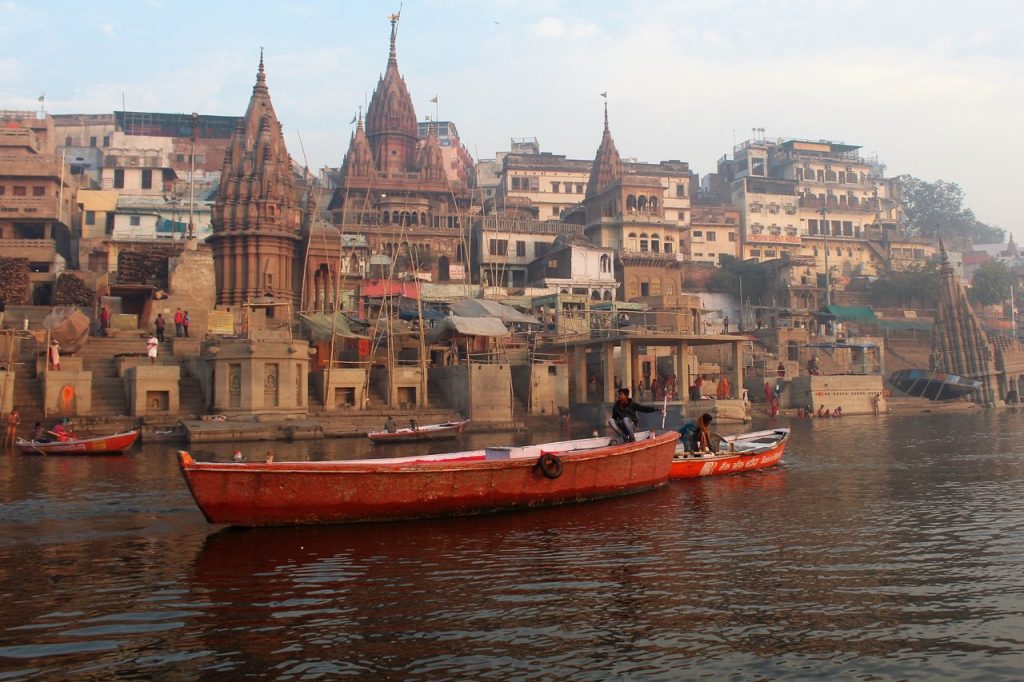
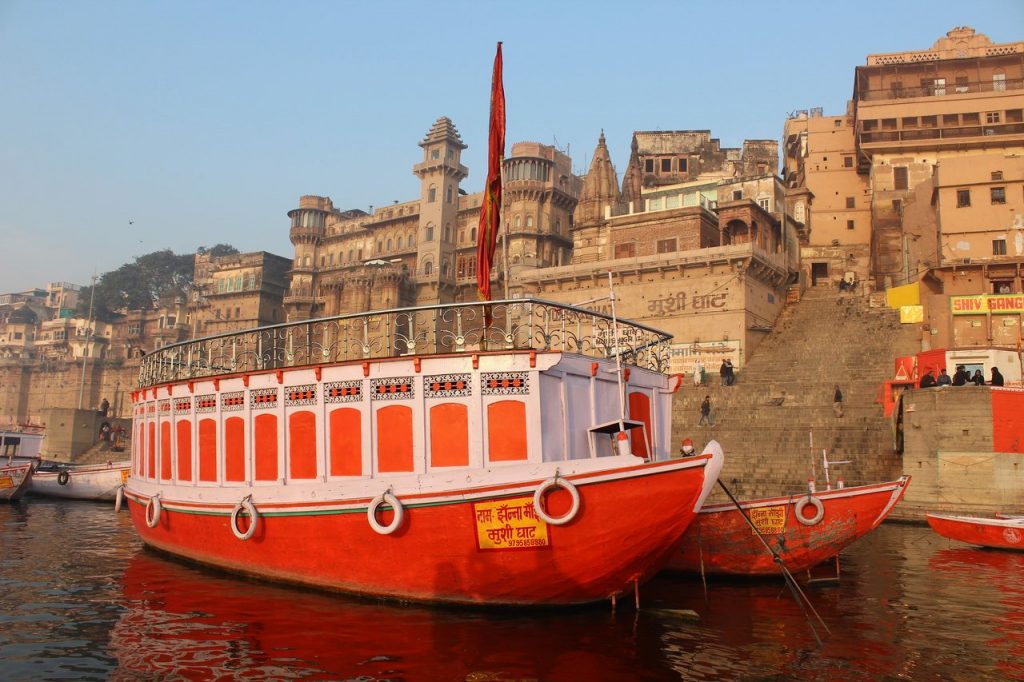
Every ghat of Varanasi has its own story. While Dashahwamedha Ghat is one of the main ghats in the city, the legendary Banaras ghat is believed to be created by Lord Brahma himself to worship Shiva.

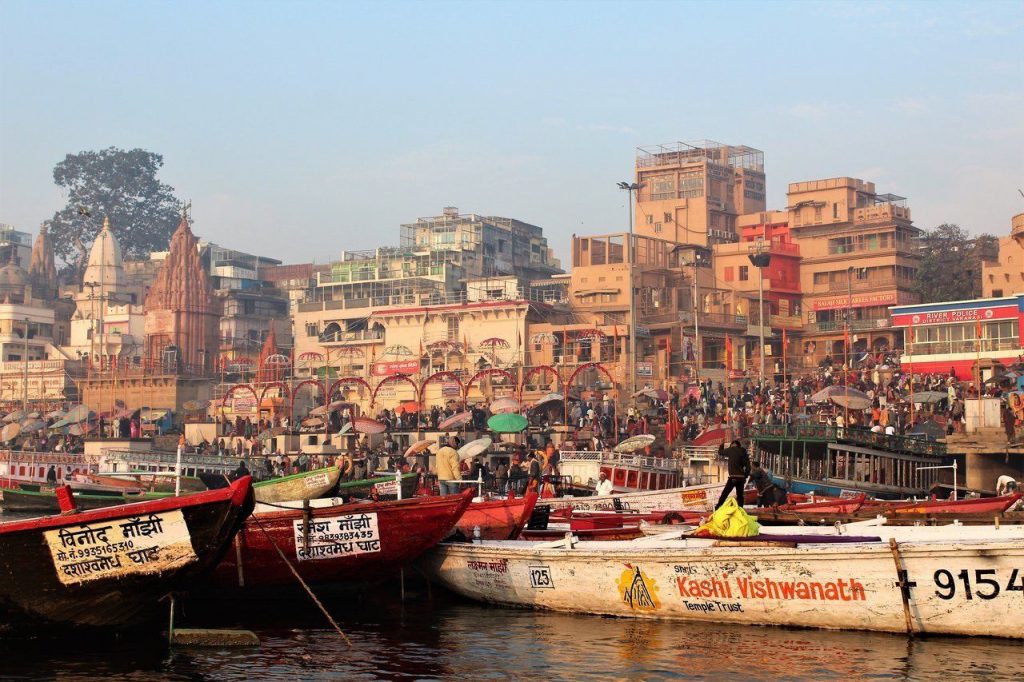
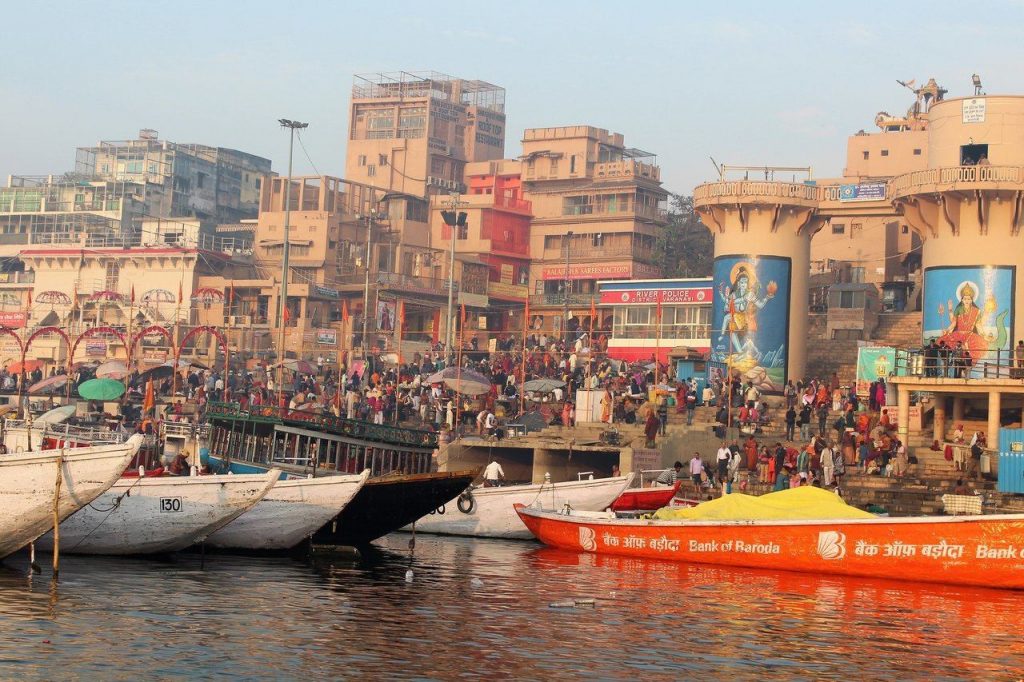
The temple of the Asi Sangameshwar of Assi Ghat Varanasi finds mention in the ancient Puranas. Manikarnika Ghat which is one of the cremation ghats is also one of the oldest ghats along with Adi Keshava Ghat or Raj Ghat as it’s called. While the Adi Keshava temple is believed to be the oldest in Varanasi, Manikarnika Ghats has its own stories, which revolve around earrings.
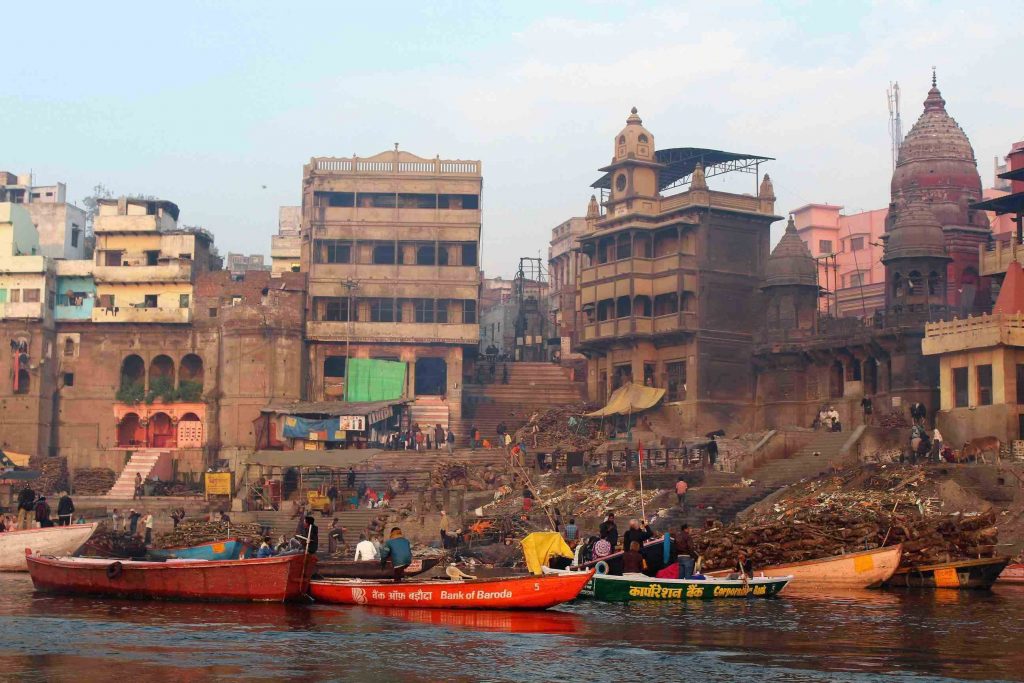
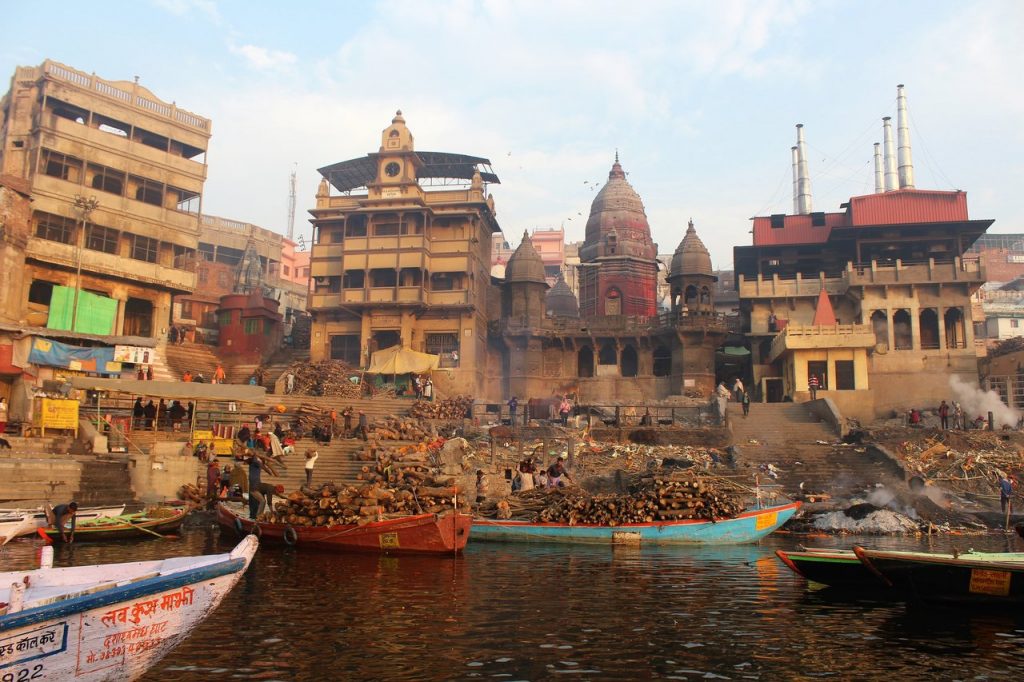
While one legend says that Lord Vishnu’s earrings fell into a pit that he had created with his Chakra, the other popular one revolves around Goddess Parvati’s earrings. She apparently hid them deliberately here and asked Lord Shiva to search for them. It is believed that Lord Shiva asks the departing souls from Varanasi if they had seen the missing earrings.
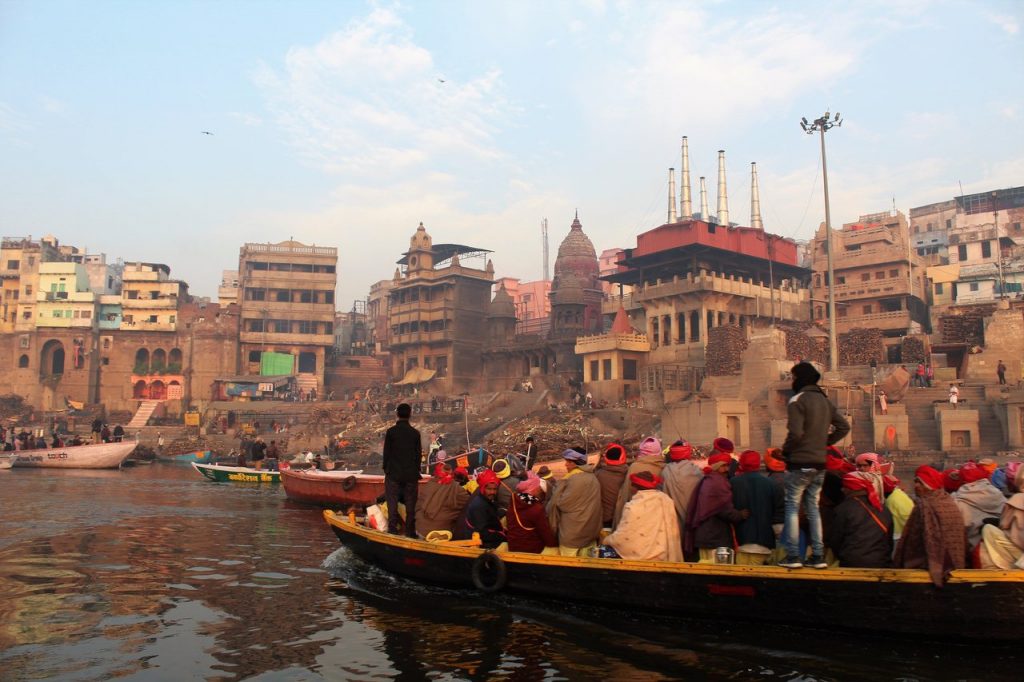
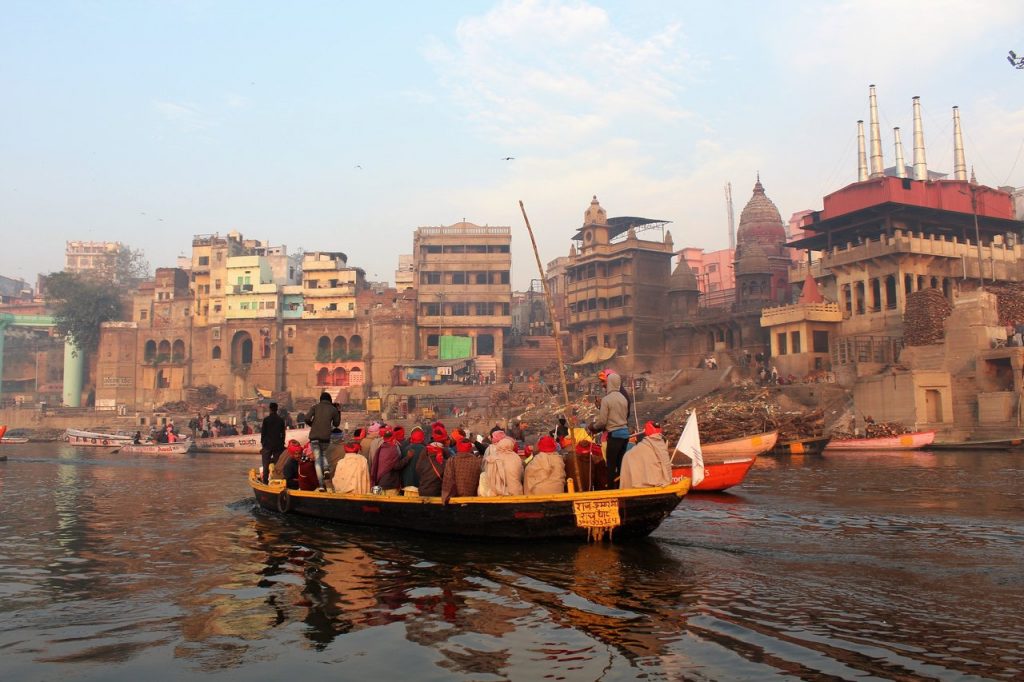

Another legend refers to King Harishchandra who was bought over by the owner of Manikarnika Ghat as a slave and was asked to cremate bodies here. The Harishchandra Ghat is the other burning ghat of Varanasi. This is where even the erstwhile king Harishchandra, as a slave and cremator of bodies asked his wife for money to perform the last rites and funeral of their son.
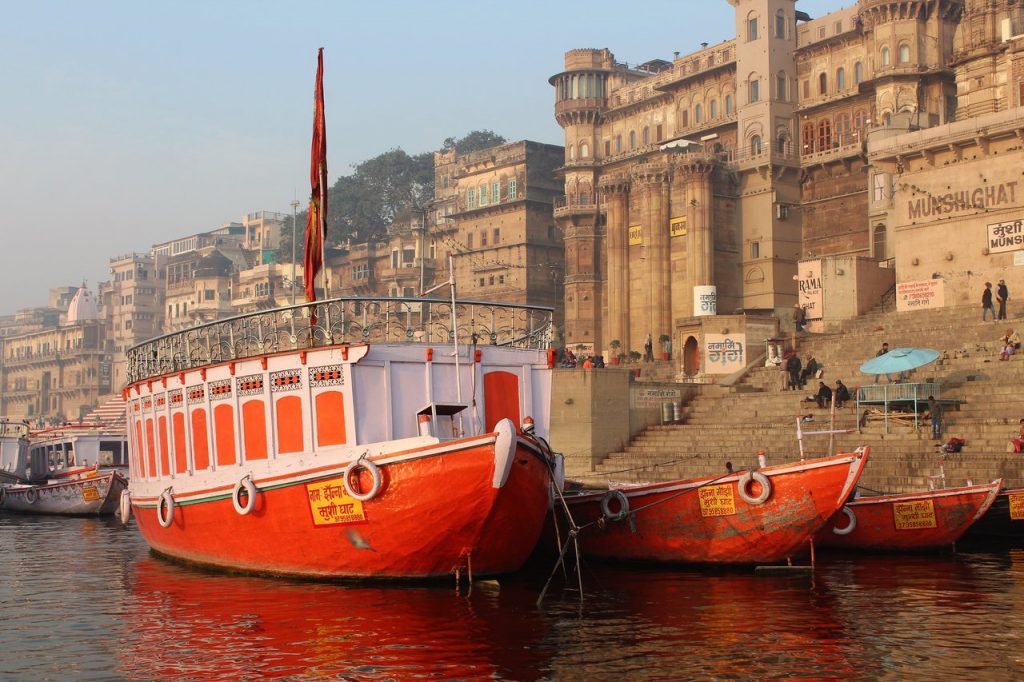
The Kashi ghat has many royal patrons as they have been built by different royal states. The Ganga Mahal Ghat was built by the Maharaja of Kashi and the Banaras Ganga Ghat is a landmark by itself. There is also the Rewan Ghat by Maharaja Ranjit Singh from Punjab, the Kedar Ghat by the Maharaja of Vijaynagar to name a few.
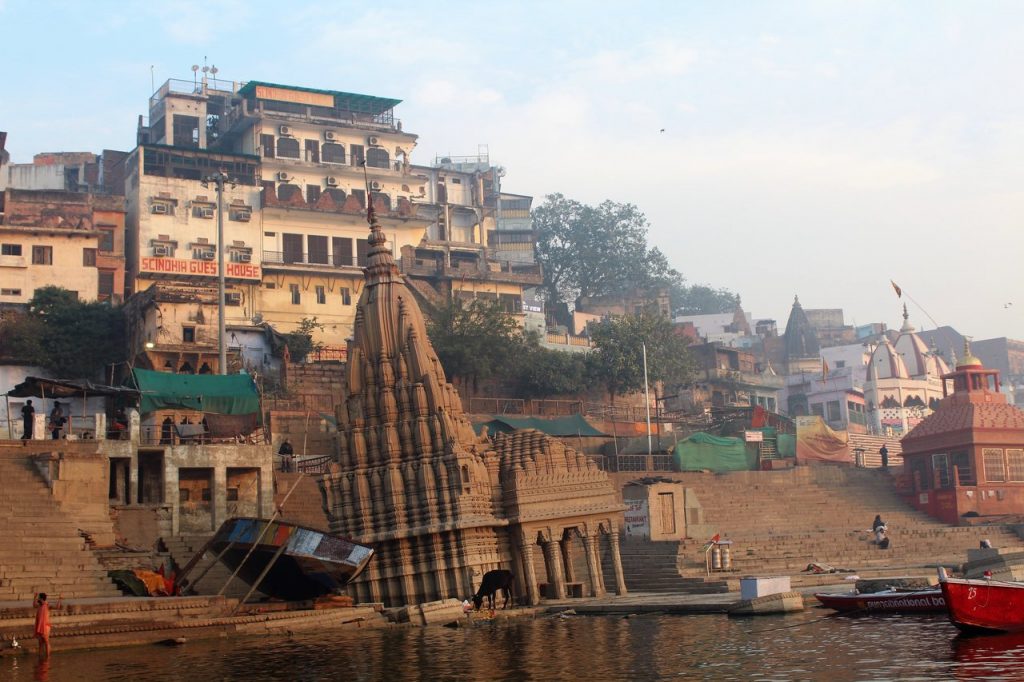
The Scindia Ghat with its partially submerged temple was built by the Scindias, the Maan Mandir Ghat was built by Raja Jai Singh of Jaipur and is known for its ornate architecture, the Maan Sarowar Ghat was built by the Maharaja of neighboring Amber.
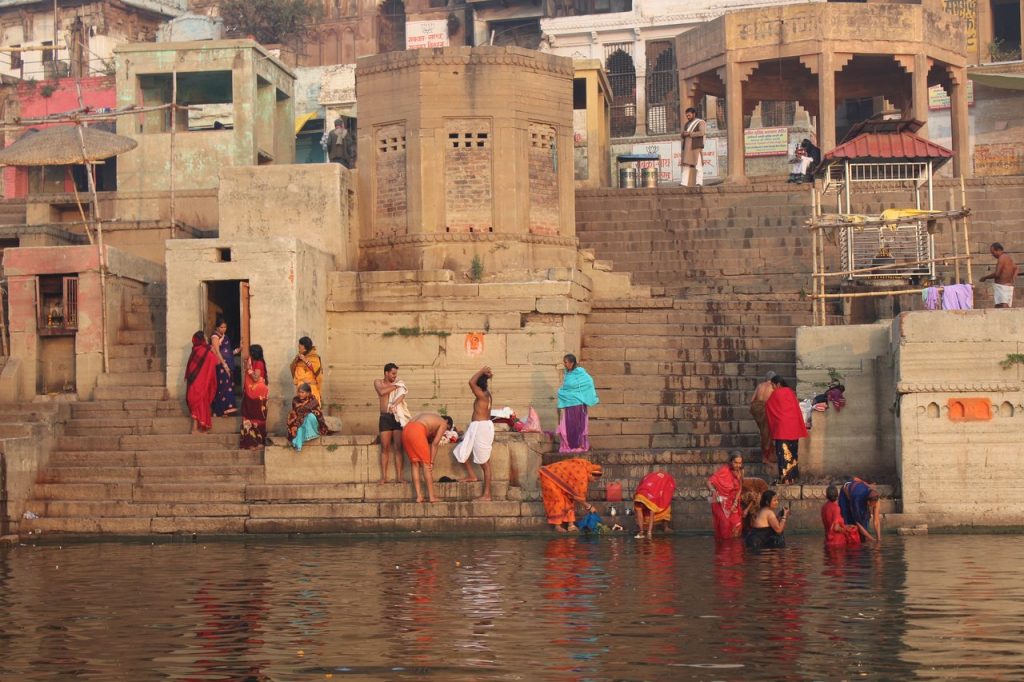
Among the other royal Banaras ghat, the magnificent Darbhanga Ghat was the signature of the Maharaja of Darbhanga and Chet Singh Ghat was built by the Maharaja as a fortress which was later besieged by the British.
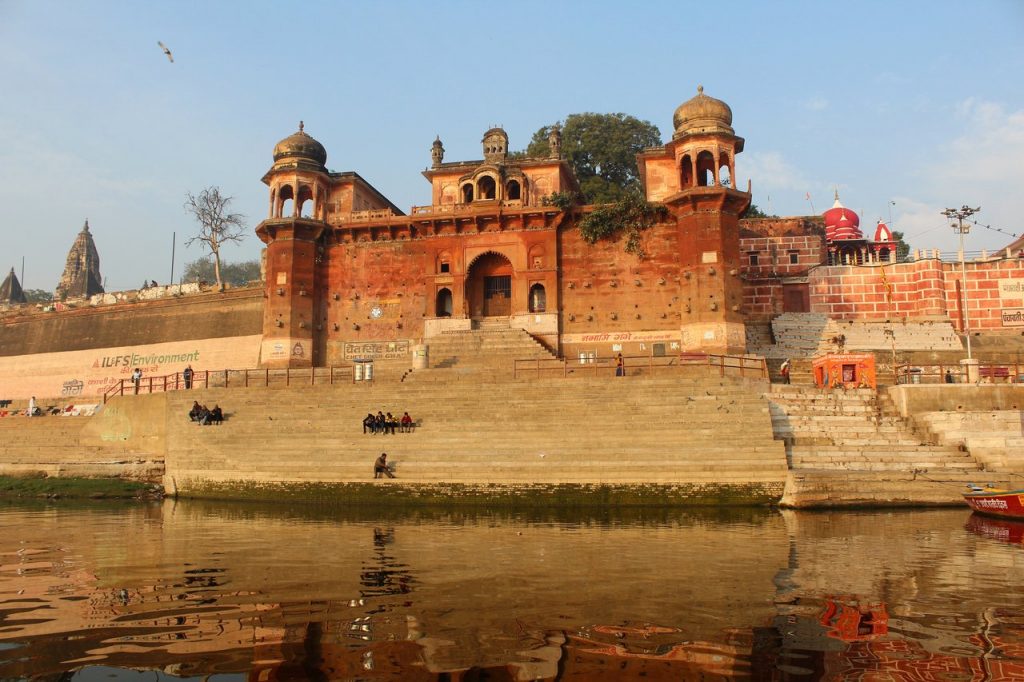
And the stories do not end. Tulsidas wrote his epic Ramacharitamanas at the Tulsi Ghat while Kabir found his Guru Ramananda and became his disciple at Panchganga Ghat. At Lalita Ghat built by the King of Nepal, Lord Pasupathinath sits inside a wooden temple. There is also a Nepali Ghat next door. There are three Jain temples in Jain Ghat or Bachraj Ghat.
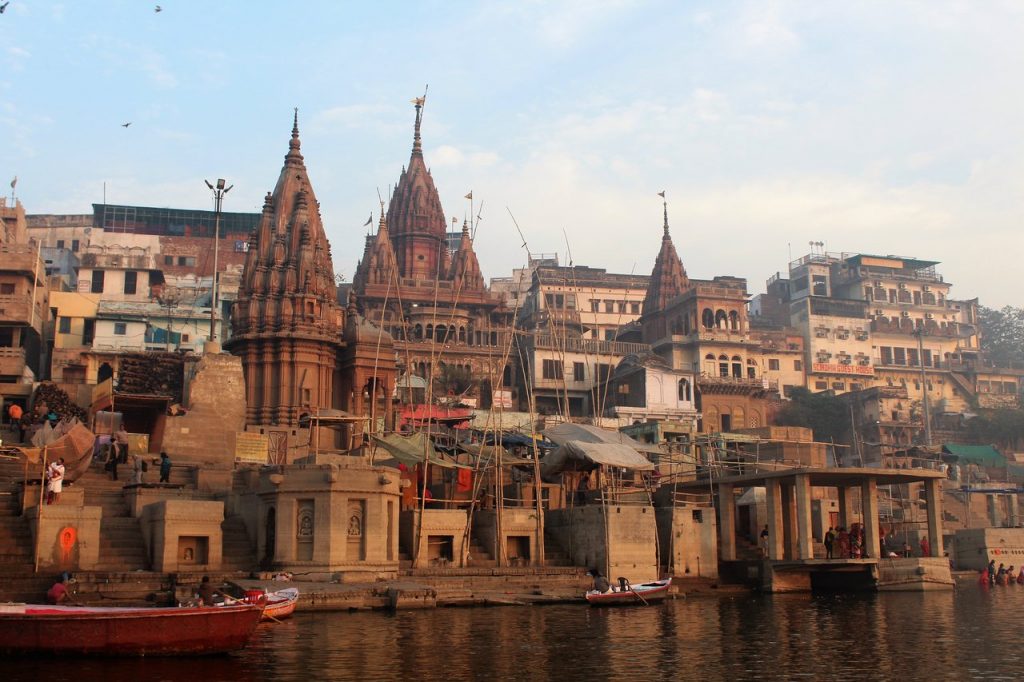
There is even a ghat named after a boatman who is the demigod for the community of boatmen. Nishad Ghat is named after a boatman who apparently ferried Lord Rama during his exile. The Naga Sadhus have a couple of ghats for their sects as well – Niranjani Ghat named after their saint along with the neighboring Mahanirvani Ghat for their Akharas. It is believed that even Buddha bathed in the river at this ghat. And the stories echo across the water of the Ganga towards the Ramnagar Fort on the other bank.
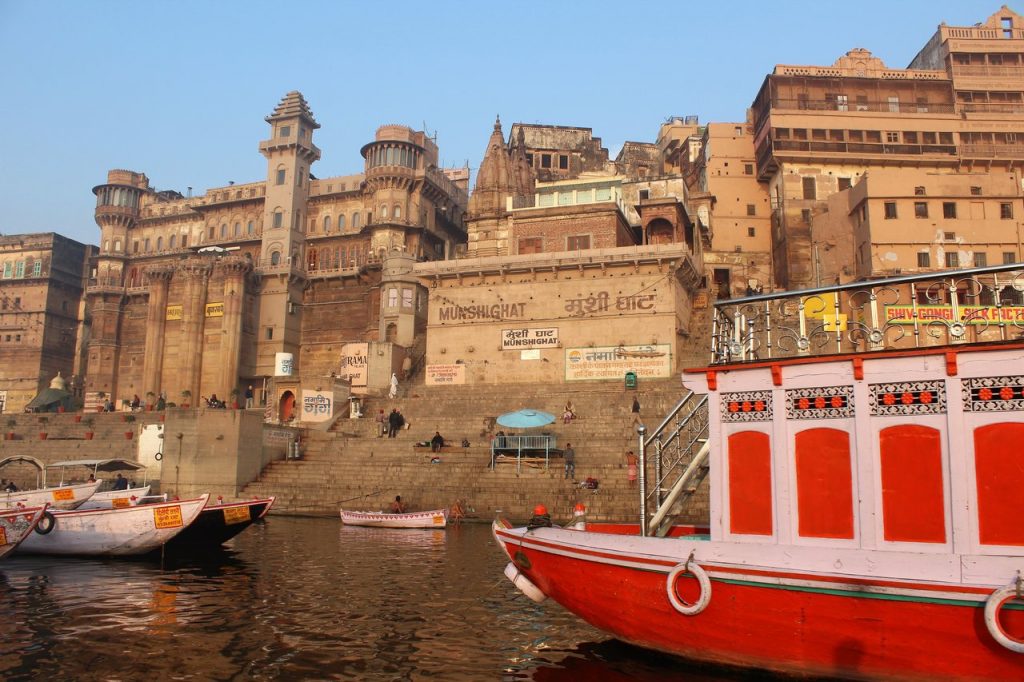
The best way to listen to the stories is on an early morning cruise on the Ganga. There are also evening cruises and night cruises as well. Subah E Benaras is a beautiful experience that brings you the glory of Benaras in the wee hours of the morning. The Ganga Aarti is at Assi Ghat and it starts well before dawn.

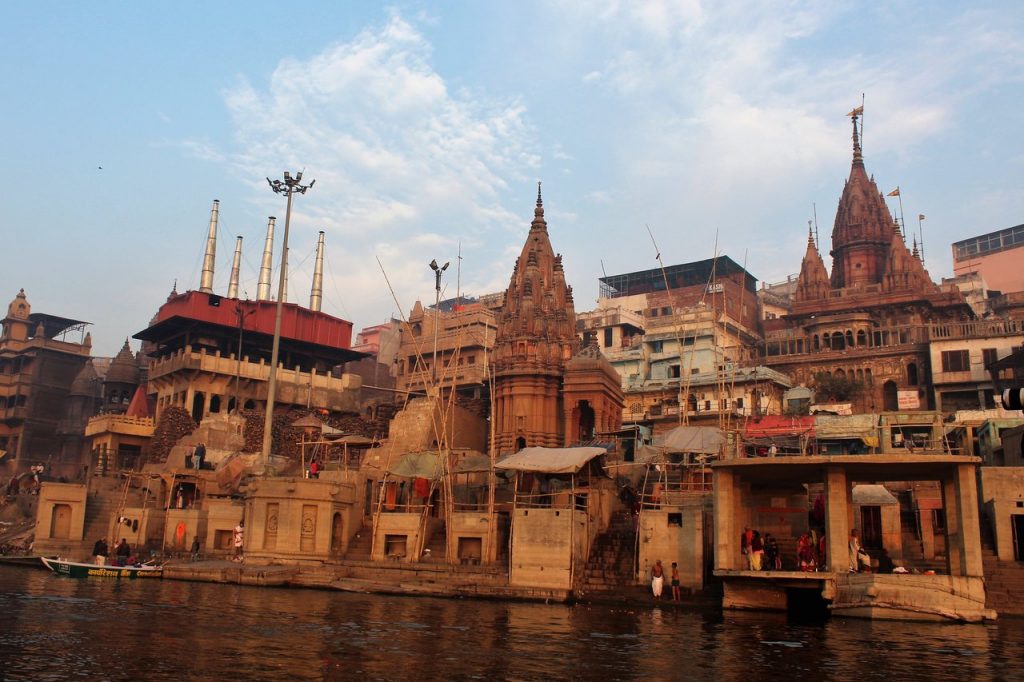
You can then board one of the ferries at the Assi Ghat for a morning cruise across the river. The boat ride takes you along the ghats as you see the dawn break on the river. The birds come calling and the gentle breeze sings a lilting tune. But the moods change as we float towards Manikarnika Ghats.

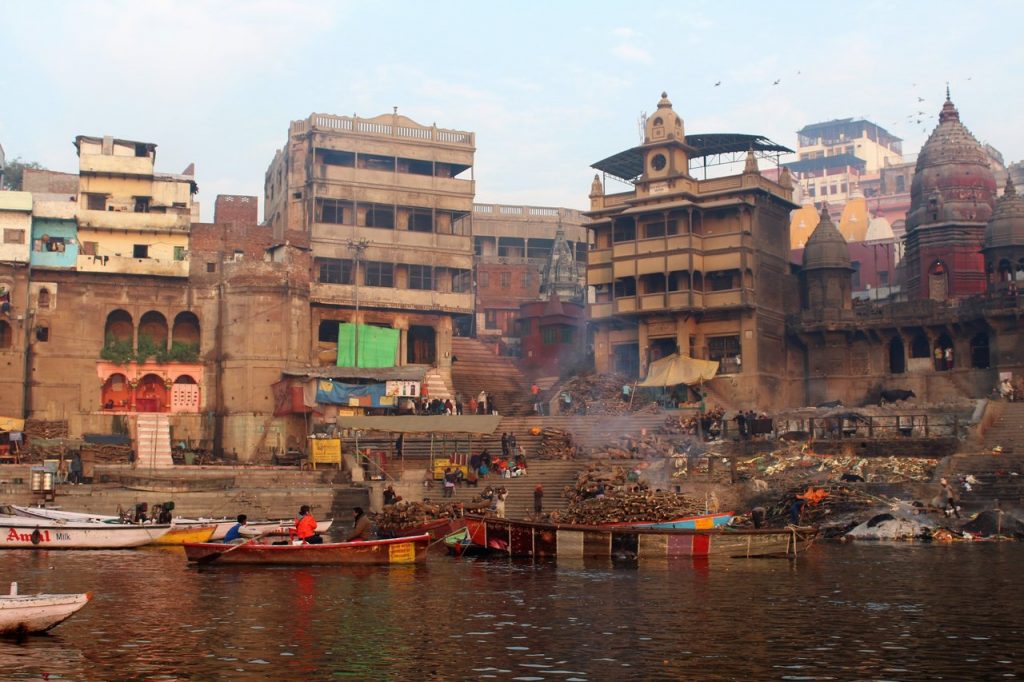
On the banks of the Ganges, life and death play their parts with such poise and grace. As I float on the Ghats of Varanasi, I realize that death is invariably a way of life in Varanasi. And yet as I photograph the moments on the ghats, there is an element of rawness, a simplicity which in a way feels profound.
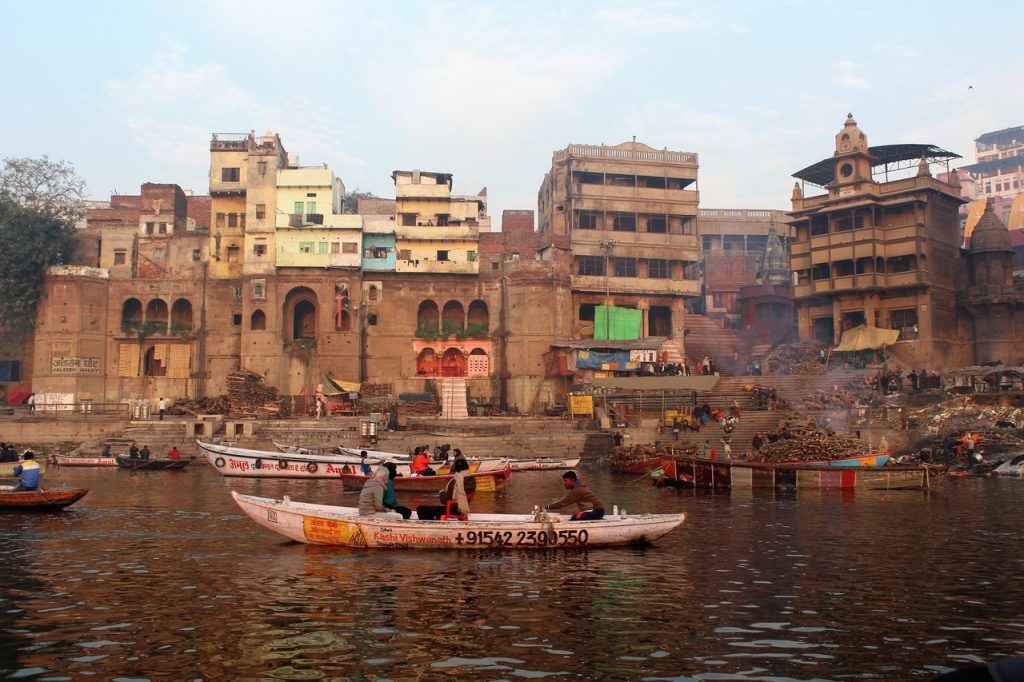
The smoky haze from the funeral pyres surrounds the ghats. Boats stacked with logs of wood stand on the waters. Boats overflowing with tourists look upon the scene. Families pay their last respects. The breeze carries the smoke away as ashes merge with the waters. We continue floating.
